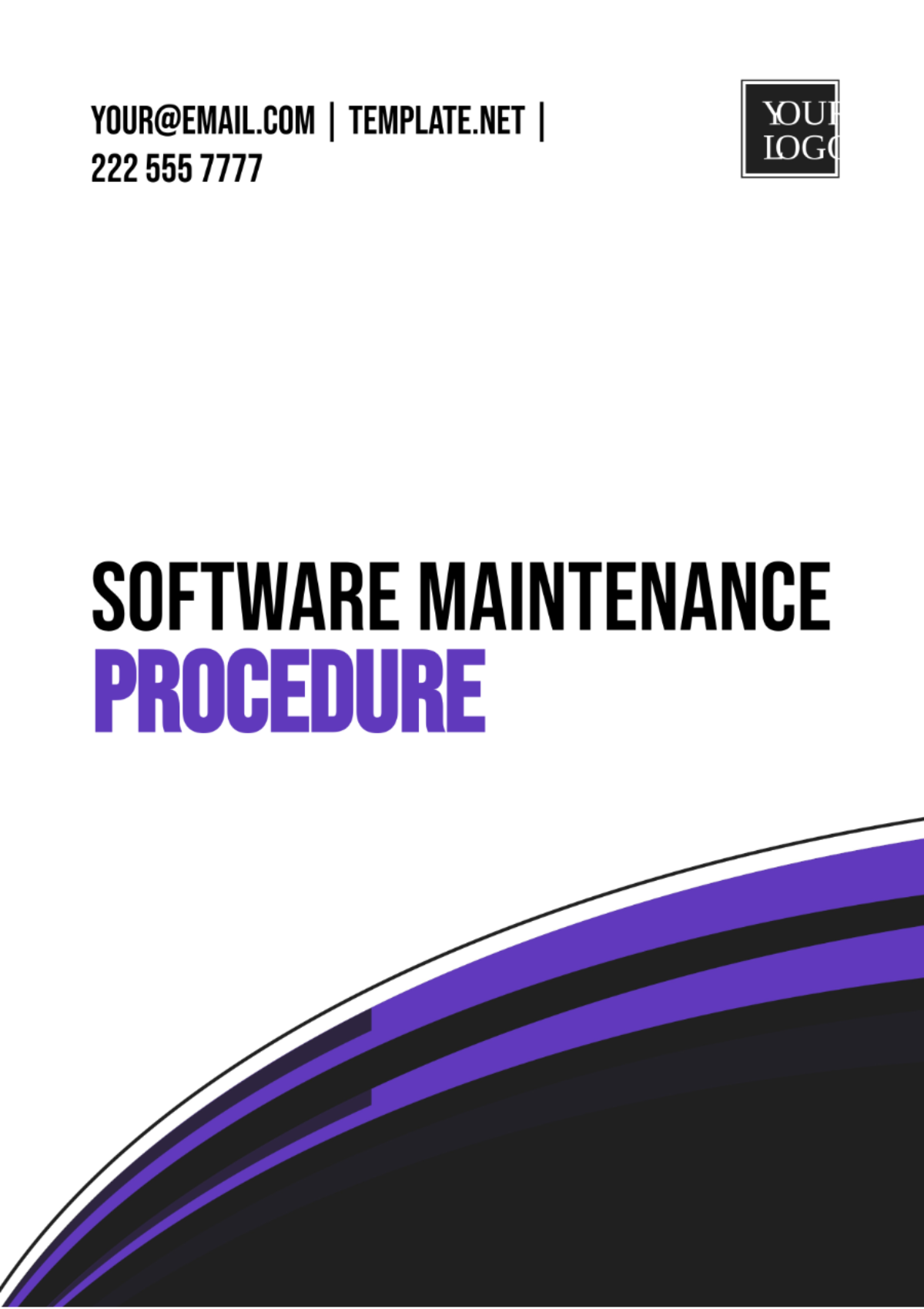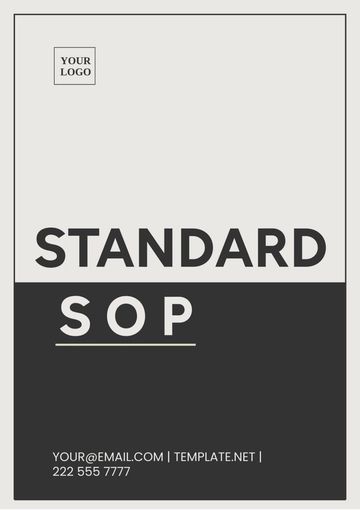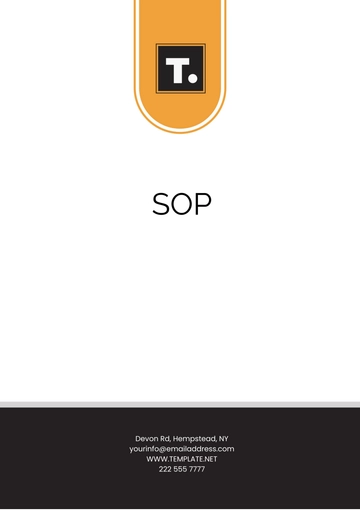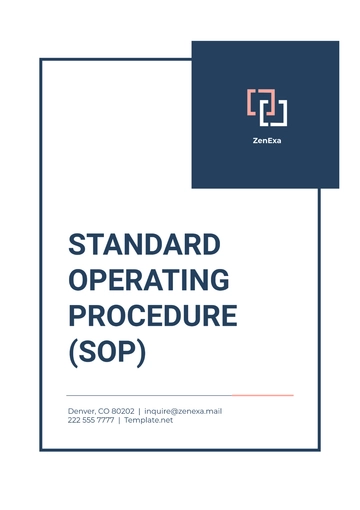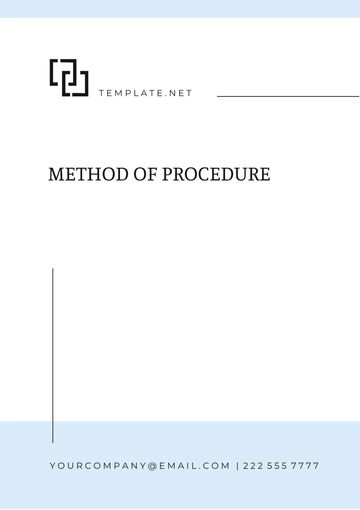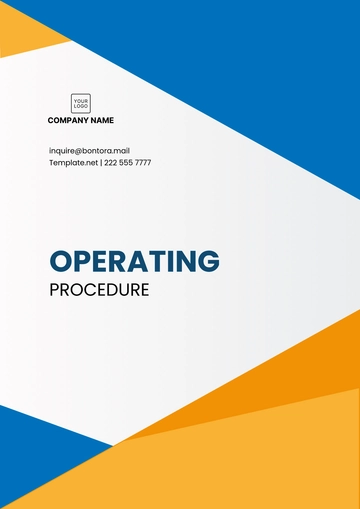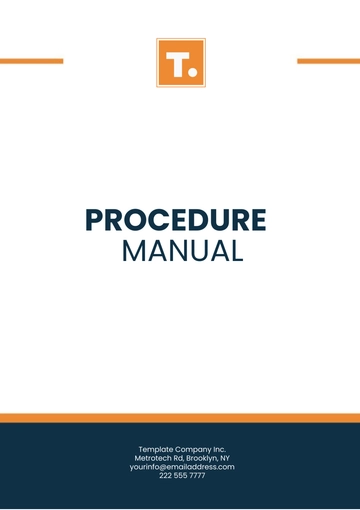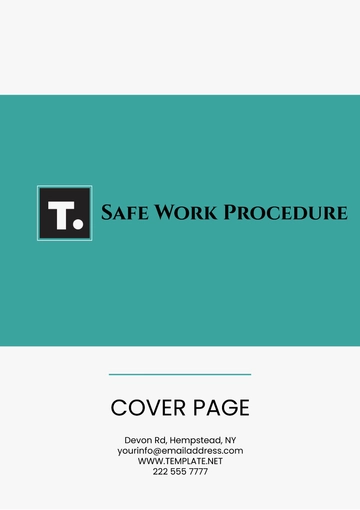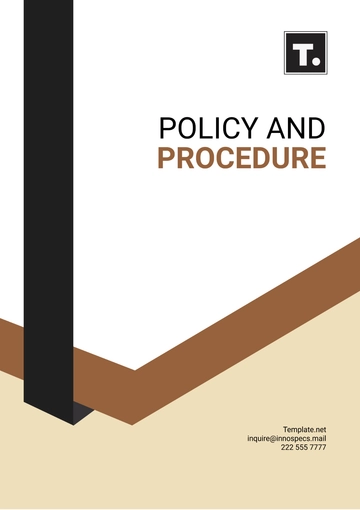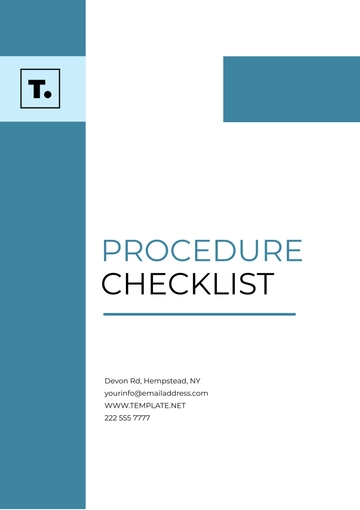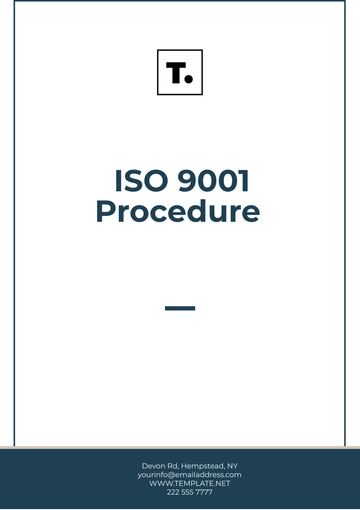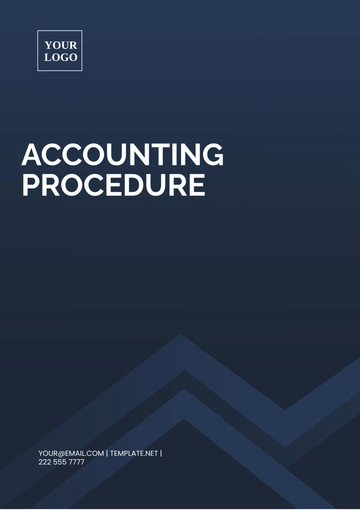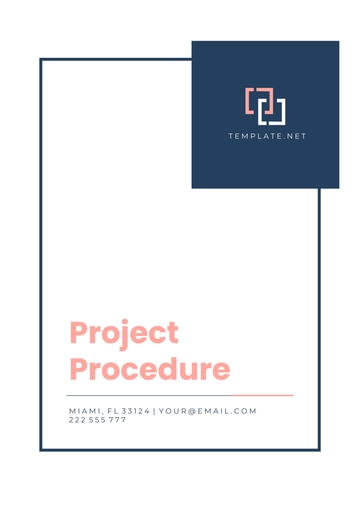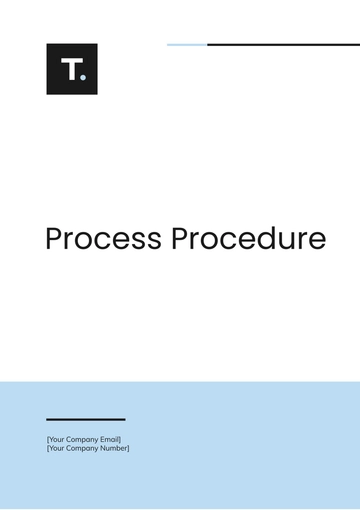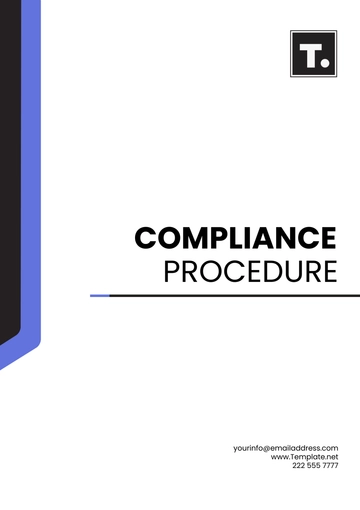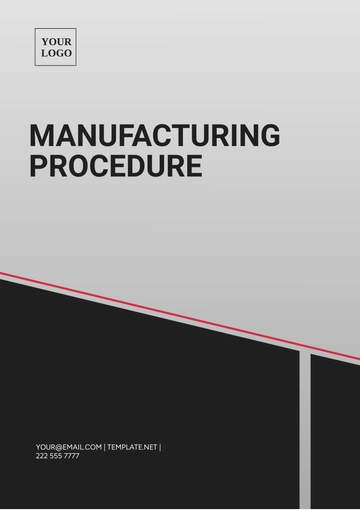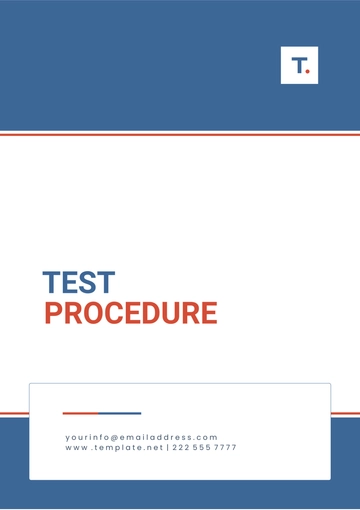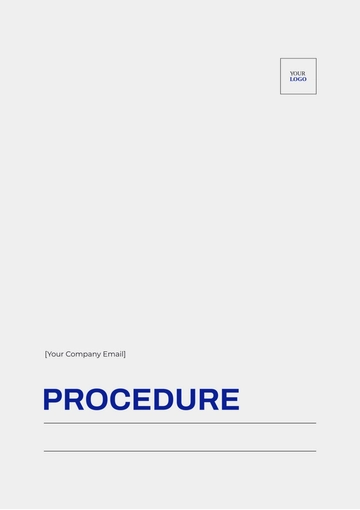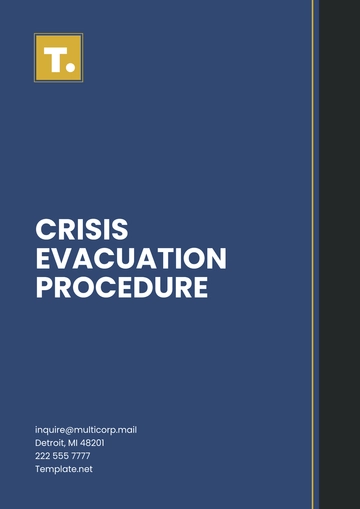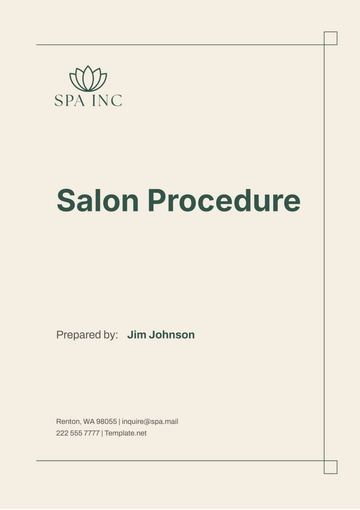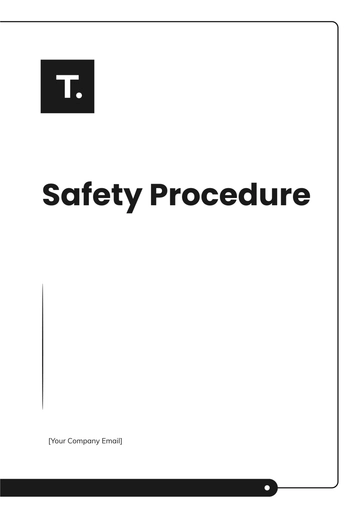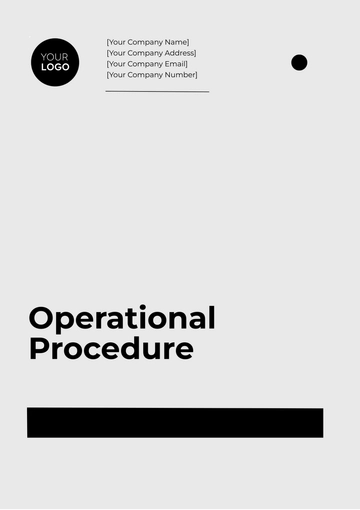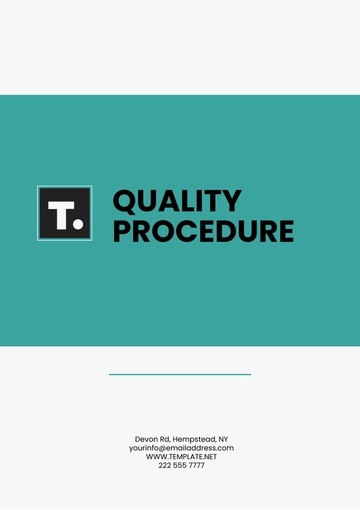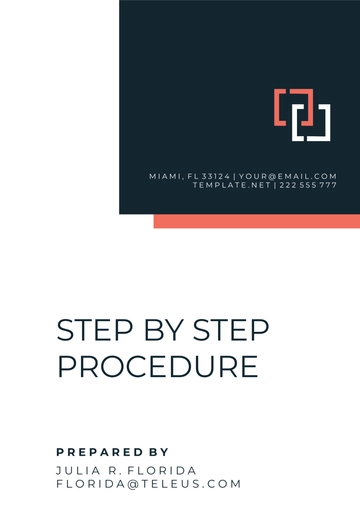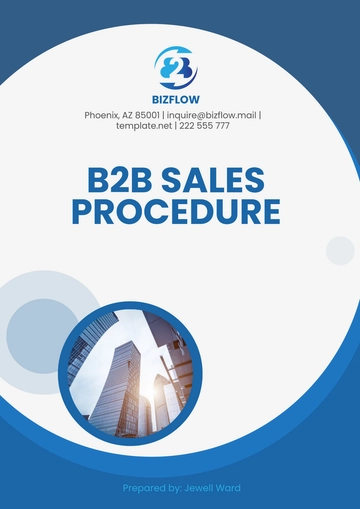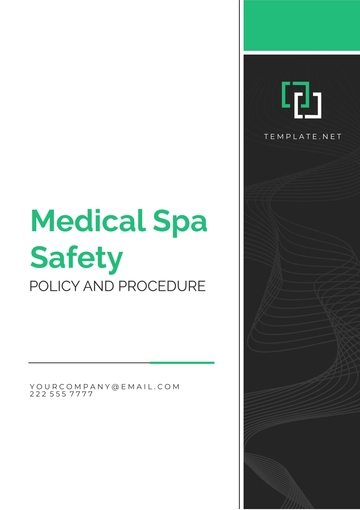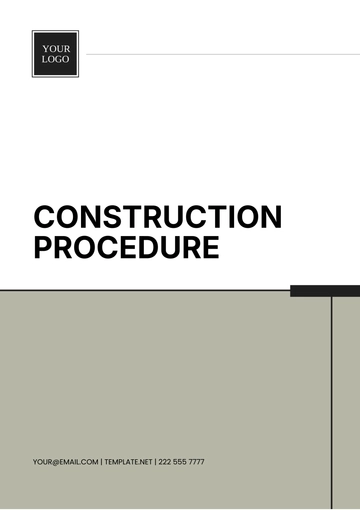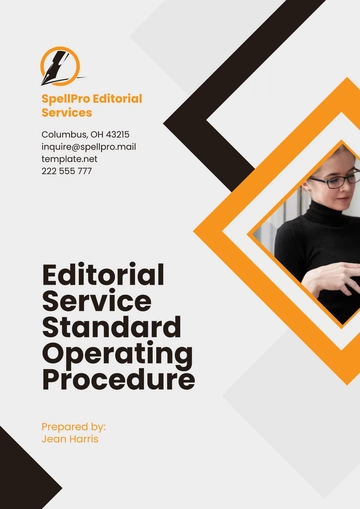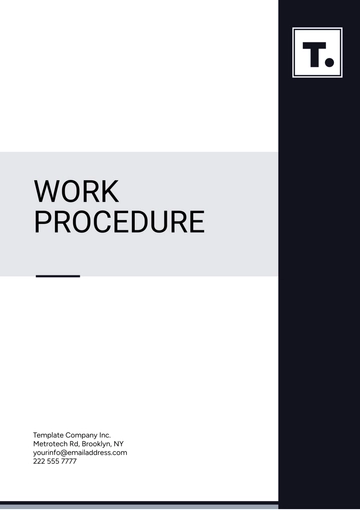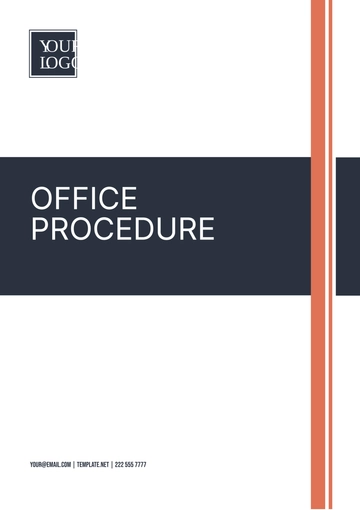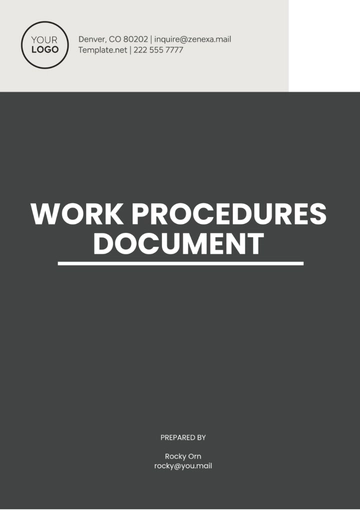Software Maintenance Procedure
I. Introduction
This Software Maintenance Procedure Template is designed to guide [YOUR COMPANY NAME] in consistently conducting maintenance operations for software systems. This document is prepared by [YOUR NAME]. Contact details: Email - [YOUR COMPANY EMAIL], Address - [YOUR COMPANY ADDRESS], Phone - [YOUR COMPANY NUMBER], Website - [YOUR COMPANY WEBSITE], Social Media - [YOUR COMPANY SOCIAL MEDIA].
II. Purpose and Scope
This procedure aims to ensure that all software maintenance tasks are carried out efficiently, effectively, and are aligned with the operational requirements of [YOUR COMPANY NAME]. It applies to all software used within the organization, including critical business applications and supporting software tools.
III. Definitions
Software Maintenance: Activities required to correct faults, improve performance or other attributes, or adapt the software to a changed environment.
Patch: A software update meant to fix specific bugs/issues.
Version Upgrade: A significant update that provides new features or comprehensive improvements.
End-of-Life (EOL): The point in software’s lifecycle when it no longer receives support, including updates and patches, from the developer.
IV. Procedure Overview
The maintenance process will encompass the following key components:
Evaluation of update necessity
Planning and preparation
Execution of maintenance tasks
Verification and reporting
V. Maintenance Tasks
A. Regular Updates and Patches
Identify the available updates and patches through [YOUR COMPANY NAME]’s software update tools or through direct notifications from software vendors.
Assess the criticality and relevance of the update for current operations.
Document approval for update execution from the designated authority.
Implement the update in a staged manner starting from test environments.
Monitor the software post-update to ensure stability.
Log the update process outcomes in the maintenance register.
B. Version Upgrades
Review software vendor’s notifications on new releases and version upgrades.
Analyze benefits versus risks related to the upgrade.
Schedule the upgrade during low-activity periods to minimize impact on operations.
Conduct a full backup of existing data and system configurations.
Deploy the upgrade first to a controlled environment for testing.
Extend the upgrade to all operational environments upon successful validation.
Update internal documentation and user training materials accordingly.
C. Software Retirement
Determine the EOL status from the software provider.
Plan for transition to alternative solutions or upgrade to newer versions.
Safely migrate data and decommission the old system.
Ensure all stakeholders are informed about changes and transition plans.
Archive all relevant documentation for reference and compliance purposes.
VI. Documentation
All maintenance activities must be documented using the following table format:
Date | Activity | Responsible Person | Notes |
|---|
[Date] | [Maintenance Activity] | [Person Responsible] | [Additional Notes] |
VII. Roles and Responsibilities
Maintenance Manager: Oversee all maintenance strategies and ensure all practices are in accordance with company policy.
IT Team: Execute updates, patches, and other maintenance tasks.
Quality Assurance: Validate and approve the functioning of software post-maintenance.
VIII. Revision History
Document revisions should be recorded in the table below:
Revision Date | Revision Description | Revised By |
|---|
[Date of Revision] | [Description of Changes] | [Name of Reviser] |
Procedure Templates @ Template.net
